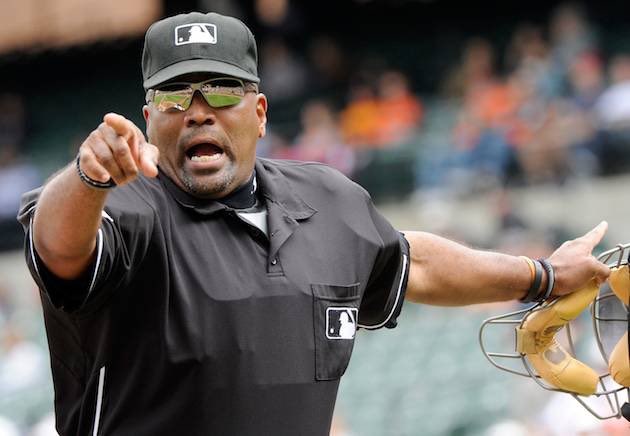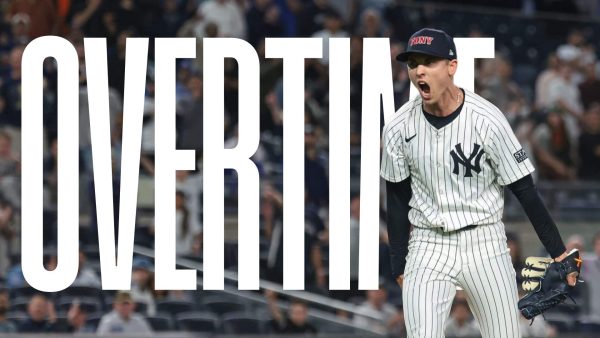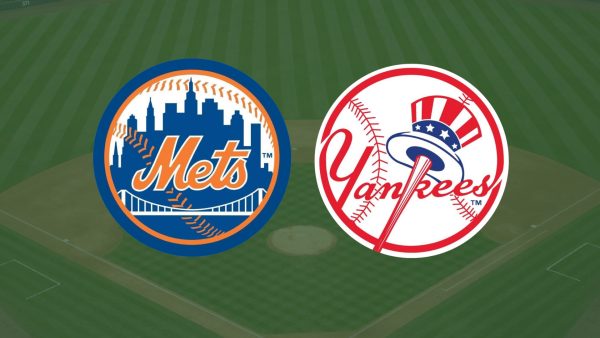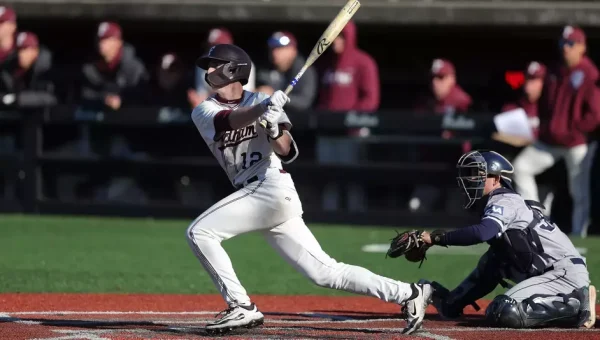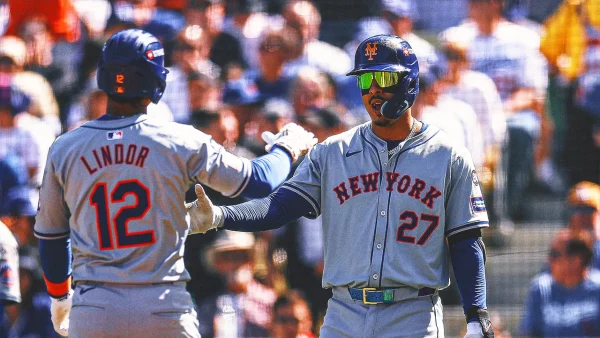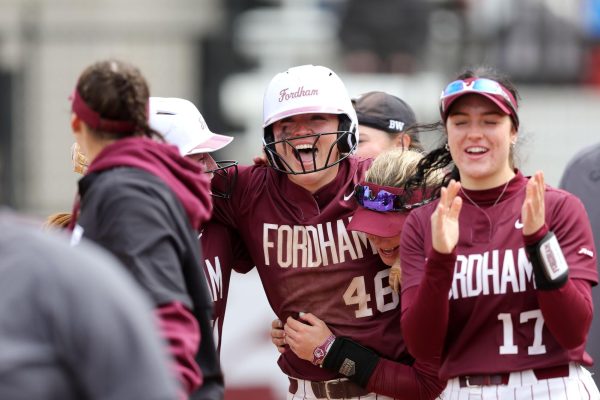Should They Stay or Should They Go: The State of Umpires
Highlighted by a poor call this postseason, calls for an automated strike zone in the MLB are only continuing to grow. But even though it may be frustrating at times, some believe that umpires are a staple of the game that must remain.
One of the most debated aspects of America’s pastime is the art of calling strikes and balls. Umpires, like the officials of other sports, face constant pressure to perform under the bright lights. These individuals are human, so to miss one or two strike calls here and there is understandable, but never really acceptable. Until the end of time, fans will heckle an ump if a call is made against the hometown favorite. That’s okay.
What’s not okay is to miss numerous calls during the course of a nine-inning ballgame. In fact, during game three of the 2021 ALCS between the Houston Astros and Boston Red Sox, home plate umpire Laz Diaz missed 21 ball-strike calls. In a high-stakes October classic, Laz Diaz failed to “step up to the plate,” which sparked public outcry regarding the implementation of a digital strike zone.
Will there be a day in which the word umpire is forgotten amid the growing technology industry? Many believe the question is when, while many old-timers, including myself, hope the day never comes.
Each and every time a call is missed, outraged and whimsical die-hards curse umpires and call for their heads. Do these fanatics have a case? Yes. According to a study conducted by BU Today, umpires missed 34,294 ball-strike calls during the 2018 season. That comes out to 14 missed calls per game. During that same season, 55 games ended with an incorrect call made by an ump. Not only do these calls impact who wins, but they also affect performance statistics and pace of play, another can of worms that I’m not going to dive into.
More-advanced statistics are transforming the game of baseball. They are influencing managerial decisions and shift rates now more than ever. Well, we now have stats for umpires too. I’m sure they’re thrilled.
One prominent finding comes when umpires are faced with a two strike count. In these instances, umpires call what is actually a ball a strike about 29 percent of the time. To my surprise, approximately one third of batters who were called out looking at strike three had reason to be upset. Consider this the next time you see your favorite player break his bat or throw his helmet in frustration. Similar to cars, umpires also have blind spots. After observing 10 years worth of data, it can be concluded that MLB umps tend to miss strike calls in the upper right and left portions of the zone. Pitchers, statistically speaking, are better off keeping the ball low.
Despite all the reasons why umpires should be replaced by technology, not so fast! Automatic strike zones may address some of these issues but are certainly not bulletproof. In fact, during an Atlantic League game between the Lexington Legends and Lancaster Barnstormers, the automated strike zone blew a strike three call. Just about everyone in the stadium thought it was a ball, including the announcer, but the digital strike zone thought otherwise.
If the MLB wants to implement the digital strike zone, major changes have to be made to prevent instances like these from occurring. Therefore, it is safe to say umpires are here to stay for the future, which is to the liking of Nationals manager, Davey Martinez. When asked about the role of umpires, the Nats skipper said, “They have their good days, and they have their bad days, just like everybody else.” Martinez summed it up perfectly. Human error is a significant part of baseball, a staple of the game. Over the years baseball has been subject to many changes, but I hope umpires are here to stay.



































































































































































































